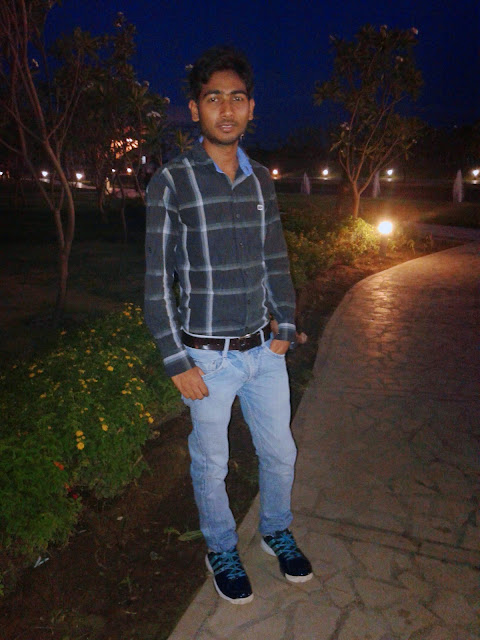The mass of Jupiter is much larger than Earth's. As a result, a satellite would have to move faster to keep from being pulled into Jupiter by the action of gravity.
Most asteroids orbit the Sun on orbits between Mars and Jupiter. This asteroid belt lies about 286 million miles (460 million kilometers) from Earth.
Asteroids are largely composed of rock. Comets, however, contain large quantities of ice, along with silicate grains and other solid materials.
The Sun is closest to Earth—at nearly 93 million miles (150 million kilometers) away!
A pulsar is a pulsating star that emits radio waves, X-rays, and gamma rays. Pulsars are created by neutron stars.
Alcor is a dim star in Ursa Major. The ability to distinguish Alcor from another star, Mizar, has been used as a rough test of eyesight.
Proxima Centauri is a star that lies 4.2 light-years from the Sun—that is, the distance light travels in 4.2 years, which is very far away.
The fastest star known to us is a neutron star called XTE J1739-285. It spins at an astonishing 67,320 times a minute!
A total of 57 stars figure in celestial navigation. Most are very bright, making them easy to locate in the night sky.
Laika, a mixed-breed Russian dog, was the first creature put into space when
launched on the Soviet Union's Sputnik 2 on November 3, 1957.
Weightlessness causes anemia, loss of bone mass, dehydration, and a variety of other short- and long-term health problems. Scientists are studying how to avoid these issues in future space travel.
Spacecraft are shielded from the Sun's heat by the use of specially designed insulation tiles. Heat is no threat to astronauts, though sunspots can effect a spacecraft's electronic systems.
A so-called noble gas, helium does not react with other elements. Helium is a gas that has no color, odor, or taste. Helium is commonly found in the atmosphere of stars. Helium is produced in a star when atoms of another element, hydrogen, combine. This process is called nuclear fusion. Most of the helium that exists on Earth occurs in deposits of natural gas. Gas deposits in the United States supply most of the world's helium. Smaller supplies can be found in Qatar, Algeria, Russia, Canada, China, and Poland. Helium is the second lightest element. The only element that is lighter is hydrogen. Deep-sea divers breathe a mixture of helium and oxygen underwater. The helium helps to prevent divers from getting poisoned by too much oxygen. Astronomers in the 19th century discovered helium in the Sun's atmosphere. They named the element helium after the Greek word helios, meaning “sun.”
The Moon revolves around Earth at 2,281.68 miles per hour (1.02 kilometers per second).
Mercury is named for the ancient Roman messenger of the gods. The smallest planet of the solar system also shares its name with a liquid metal.
The spots observed on Uranus are thought to be storms, but they are smaller and fewer than those seen on Jupiter, Saturn, and Neptune.
A rip current is a dangerous kind of tide that flows parallel to a shore, making it difficult to swim.
Aerosols are small particles suspended in the air for at least a few minutes. Dust, for example, is an aerosol, as are emissions from automobiles.
The Chinese flew kites roughly 3,000 years ago. Kites have been used in science. American Benjamin Franklin used a kite to prove that lightning is electrical.
Fossil beds in China, Namibia, and elsewhere provide evidence of complex animal life dating to 550 million years ago. In the Cambrian Period, soon after, many kinds of animals and plants appeared.
The Sun's core is extremely hot. The temperature is probably about 28,080,032 °F (15,600,000 °C).
Certain kinds of bacteria can live in extraterrestrial conditions. Some can survive extreme levels of radiation, extreme temperatures, dehydration, and exposure to toxic chemicals.
Many bacteria are responsible for the aging of buildings and monuments, a process known as biodeterioration. Scientists have isolated many strains of bacteria that degrade human-built structures.
Many scientists assume the best way to detect an advanced civilization is to listen for stray radio signals. The SETI project is one effort to detect signals from space.
Jupiter's moon Io, the fourth largest moon in the solar system, has over 400 active volcanos, making it the most active body in the solar system.
A vacuum is a space that is completely empty. It contains no air, gas, or other substance.
The aphelion describes the point at which a planet or comet's orbit is farthest from the Sun.
François Vidocq, a French career criminal, founded the first detective bureau in Paris in 1817.
Indian writer Rabindranath Tagore was the first non-European to win a Nobel Prize. He received the prize in literature in 1913.
Karl Marx is popularly regarded as the father of modern socialism, which has also been called Marxism.
The ability of penicillin to destroy bacteria was first discovered in 1928 by an English doctor named Alexander Fleming.
The great pyramids of ancient Egyptians were tombs for their leaders, whom they worshipped as gods. The pyramids, as well as their temples, were built of heavy stones.
The most famous mummy is that of King Tutankhamen. His tomb was uncovered in 1922. His mummy was enclosed in a series of three coffins—the innermost being of solid gold.
